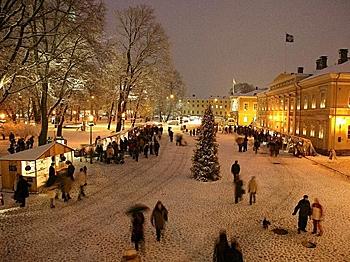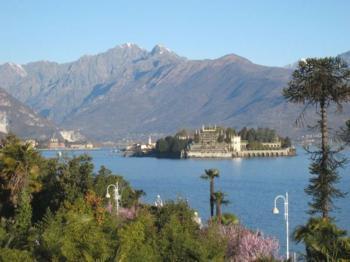Who knows of saffron noodles, saffron bread, saffron cheese, and 27 percent alcohol content saffron schnapps? They call this Schnapps the “Munder Gold,” or the Gold of the Mund village.
Perhaps people have heard of saffron risotto, an Italian and Iranian rice specialty. But that is not readily available for purchase. People with an interest in cooking do know that saffron is primarily grown in Iran, but also in southern Europe, the Orient, and eastern Asia. And we know it is pricey! Iran produces 190,000 kg per year, making it the world’s chief producer of this costly spice.
But who’s heard of the small Swiss village Mund as a saffron producer? The community of Mund in Canton Wallis is at an elevation of 1,200 meters. The town counts a mere 680 inhabitants, and yet 120 families are employed in the raising of the light purple Crocus sativus, the genuine saffron!
The harvest, a mere three kilos per year, does not give them a livelihood. They use the yield themselves, sell some of it from the village, or trade it for other foodstuffs, such as the renowned Wallis Dry Meat. The saffron they produce costs almost 18 Euro (US$23) per gram. The saffron from Mund is the most potent and expensive worldwide, and the spice retains its color, even if one adds four times as much water as one would add to the same quantity of the spice from Iran.
Saffron bulbs do not like to get their feet wet. The Mund farmers plant 20,000 crocus bulbs imported from Turkey each year in August, in steep sandy soil, between rows of rye plants. Harvest of the crocus blossoms follows in October, when the stamens are plucked from the blooms. The stamens lose 4/5 of their weight during the drying process. To gain one gram of saffron requires 120 blossoms, amounting to 360 stamens.
One of Mund’s oldest buildings, a wooden structure from the year 1437, formerly a rye depository, is now a museum where visitors can follow the saffron making process.
Tourists are always welcome, even though Mund does not have a hotel. The postal service bus brings visitors from the town of Brig. And Mund does have a couple of restaurants. What’s there to eat at the restaurants? A saffron-based dish, of course!
A stroll to the typical Wallis village of Mund with its unique wooden houses is well worth it. The houses are constructed from charred beams and held together without nails. Oftentimes they are erected on a mushroom-shaped understructure, to prevent mice infestations.
The Weisshorn builds a picturesque backdrop for this village. The mountain is taller than the well-known Matterhorn, and does justice to its name all year long.
For those unfamiliar in the use of saffron:
Grind the saffron threads in a mortar, and add 1 Tbsp. of milk. Mix well, and add to a rice-based dish.
One of the books exhibited in the saffron Museum in Mund relates of medical treatments used in India: In 1,500 BCE, Indians would drink saffron steeped in water to heal bone fractures, to help with eye ailments, and liver problems.
German pharmacist Dr. Juergen Rohmeder, who invented the Mund schnapps specialty, Munder Gold, commented, “Saffron consumed as tea is calming; and used as spice in cooking, ennobles any dish. That is sufficient.”
Swiss Saffron
Who knows of saffron noodles, saffron bread, saffron cheese, and 27 percent alcohol content saffron schnapps?
Mund is a small Wallis Village, sporting unusual Wooden Homes Elke Backert/The Epoch Times
|Updated:



